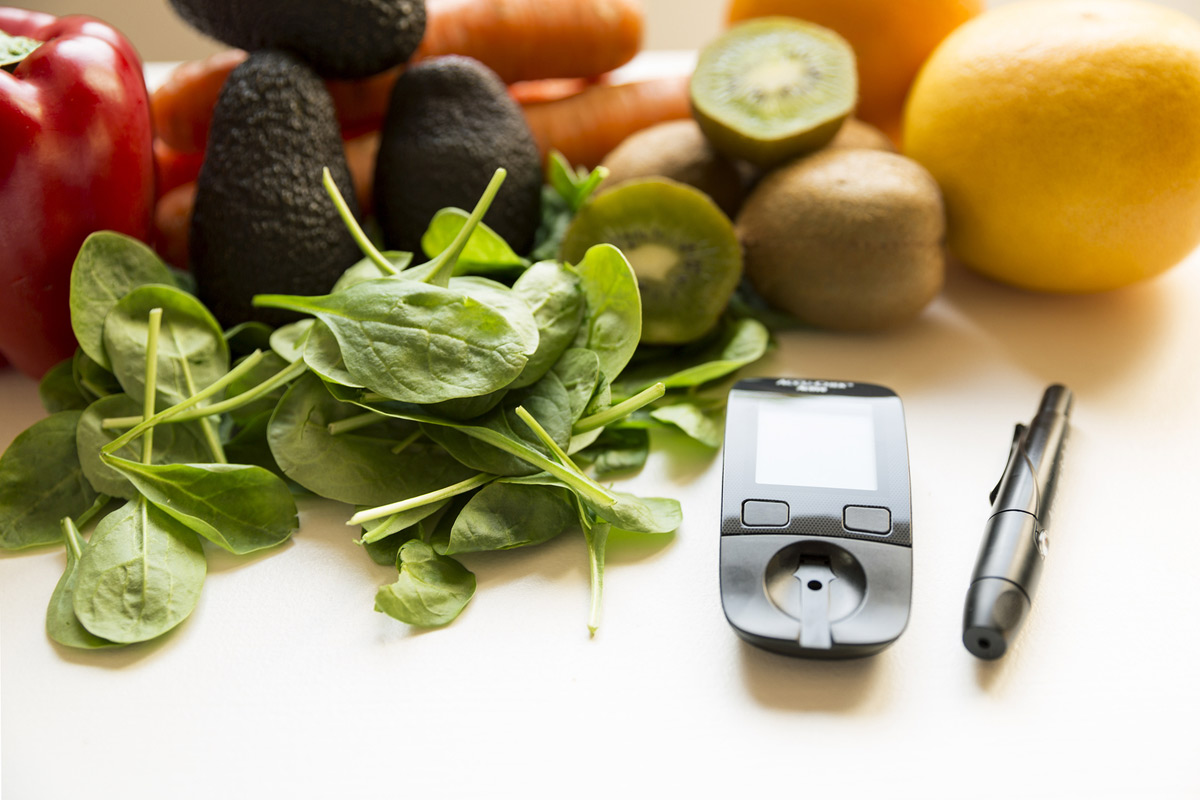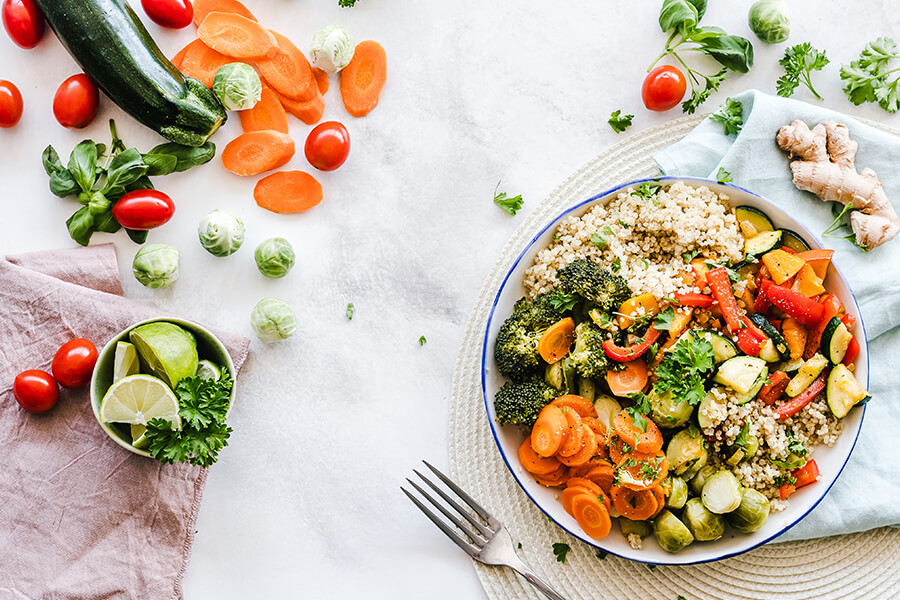
Avoiding type II diabetes
Type II Diabetes has become one of the greatest health issues worldwide, negatively affecting an increasing number of adults and children.
The good news is that if you are looking to reduce your risk of developing Type II Diabetes there is plenty you can do about it, with help from natural therapies.
Exercise:
Exercise is a crucial part of preventing Type II Diabetes. One of the easiest ways to regulate blood sugar levels (which lies at the core of Type II Diabetes), and combat obesity is to exercise regularly. Prioritise exercise in your daily routine, take the stairs instead of the lift, get off the bus one or two stops early, find activities you enjoy and do it frequently.

Re-think your diet:
Swap fast food and ready meals for cook-from-scratch, fresh wholefoods, preferably organic. Steer clear of ‘low-fat’, ‘low sugar’ options, artificial sweeteners, preservatives and flavourings.
Keep the sugar ‘hit’ of your meals low, by eating foods with a low glycaemic load (GL). They enable the body to better moderate insulin production, blood sugar and energy levels. Reduce or replace foods which exacerbate insulin desensitisation, such as refined carbohydrates.
Increase both soluble and insoluble fibre in your diet which not only support regular elimination, but also provide nourishment for the beneficial microbes in your gut.
Avoid:
- Sweets, chocolate and pasteurised honey
- White flour bread, pasta and pastries
- Products such as cakes and biscuits
- White rice
- Fruit juice, fizzy, ‘tooth-kind’, ‘lite’ and ‘diet’ drinks
- Alcohol
- Pasteurised dairy
- Any ‘trans-fats’ and fats and meats from intensive factory/battery farming methods
Eat:
- Meals or snacks with some fat and protein, never carbohydrate only
- Cinnamon and nutmeg
- More fibre – in the form of fresh vegetables and plenty of salad greens
- Lean protein – legumes such as chickpeas, lentils and beans, more fish (especially oily fish), mushrooms
- Pre-soaked grains and seeds such as quinoa, brown rice and rolled oats
- Meat and fats from free-range, organic or biodynamically raised cattle and poultry
- Tree nuts – preferably raw and unsalted
- Onions and garlic, fenugreek tea and ginseng tea
Extra help:
A qualified natural health practitioner can help create a tailor-made dietary and lifestyle plan to support your health, taking into account your health history, current state of health, medications and their adverse effects, personal weight loss or lifestyle goals, and any drug-nutrient interactions of which you need to be mindful.

Your practitioner may consider nutritional supplements and herbal preparations to improve glucose tolerance and insulin response or to support vascular integrity, for example. Please don’t self-prescribe. See a qualified natural health practitioner for education and to determine appropriate support for your specific circumstances.

Address stress:
Stress is a contributory factor in all ill health, which is why natural health practitioners take a holistic view of physical, mental and emotional factors. Identify and deal with your causes of stress.
Acupuncture:
Acupuncture can help combat obesity, which is a primary risk factor for developing Type II Diabetes. It can also help you manage diabetic symptoms and provide support for complications of the disease, if you have it.
Clean up your act:
It’s not only agricultural residues and artificial additives in the foods we consume that can increase toxic burden and make you more susceptible to illness and overweight. Personal care and household products that touch our skin can enter our bloodstream. Become informed about the overall health-effects of commonly used ingredients, and why more people are choosing natural products.

